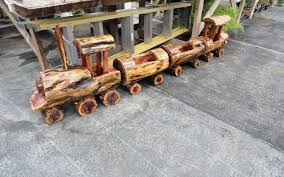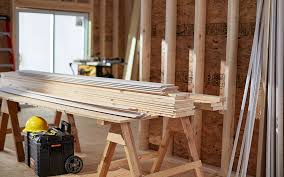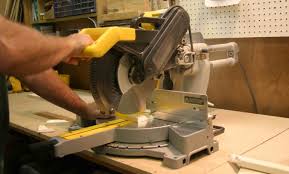
When working with wood, most people want to have a designated area to work in. They want the workshop experience where you can let your paint dry without disturbances. Where you can keep your saws, nails, and other stuff, while not worrying about who may touch them when you aren’t looking. The thing is, not all woodworking projects can take place in a workshop. There are times when it must take place on-site. For this, powering portable working tools is a requirement.
Working On-Site

Imagine a company that works in construction using wood products. Think of a cabinet maker that installs fully custom counters in new homes that may not have a power supply run yet. These types of jobs are everywhere. They are jobs that require people to step out of their workshop and into the world. All their tools, supplies, and problem-solving equipment has to be there as well. They need mobility, which ultimately requires them to have some way to power it all up.
Powering a Woodworkers Tools

Woodworkers, whether they are backyard hobbyists or professional builders, depend on many tools to help them get through a project. They may need to use hand tools such as tape measures, hammers, chisels, mallets, etc. These tools require power, but not of the electric kind. The catch is that not all woodworking can be done with a paintbrush and hammer. Where does the power come for the other necessities? Other tools can range from a rechargeable drill to a jigsaw, or even large circular or skill saws. These tools require a power that does not come from muscles.
When a woodworker takes his craft out of the shed and onto different job sites, they need a power supply that is as portable as they are. For many, this means researching CAT generator reviews. These generators are powerful enough to power all their tools, regardless of what type they are, and help them to get the job done quickly.
Ready, Set, Woodwork
Once you have a dependable power source or generator for your woodworking, you can take your projects anywhere. It opens up the doors for you to create more projects for more people. You can start building custom cabinetry inside of a new home without having to figure out how to get them to the new home. You will be able to go to your neighbor’s home and create a wardrobe or refinish a closet, adding shelves and other things, without having to take time to travel back to your shop.
In short, it opens up a variety of opportunities that can turn your “craft” into a workable project. It may even be able to help you bring in a few extra dollars. Can you think of a downside to that ability?
